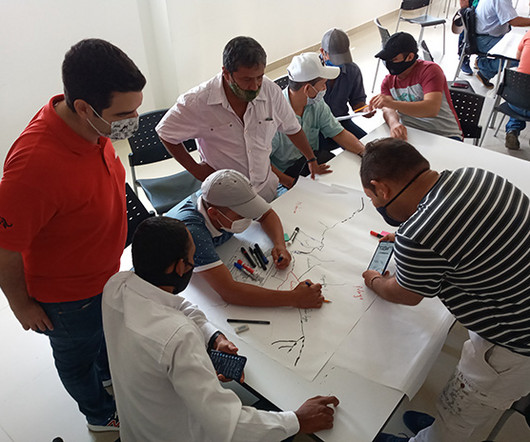The Colors Co-op Experiment: Learning the Right Lessons from Our Failure
NonProfit Quarterly
DECEMBER 21, 2022
While ROC has always been a nonprofit organization, its signature restaurant, Colors, was an LLC, created as a co-op and run by former Windows on the World workers. With the help of our late friend, Bruce Herman , a dozen Windows workers traveled to Italy to learn how to manage a successful worker cooperative restaurant.















Let's personalize your content